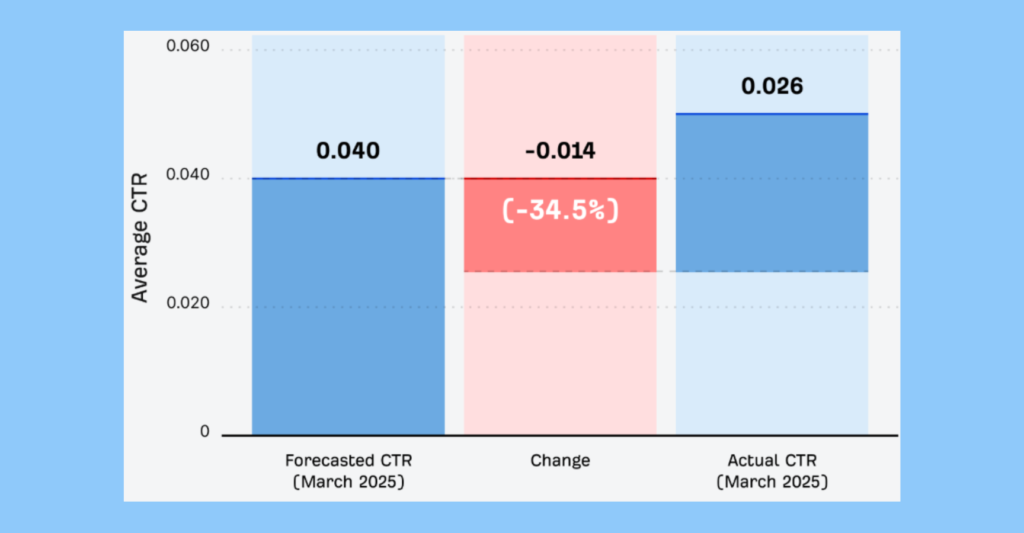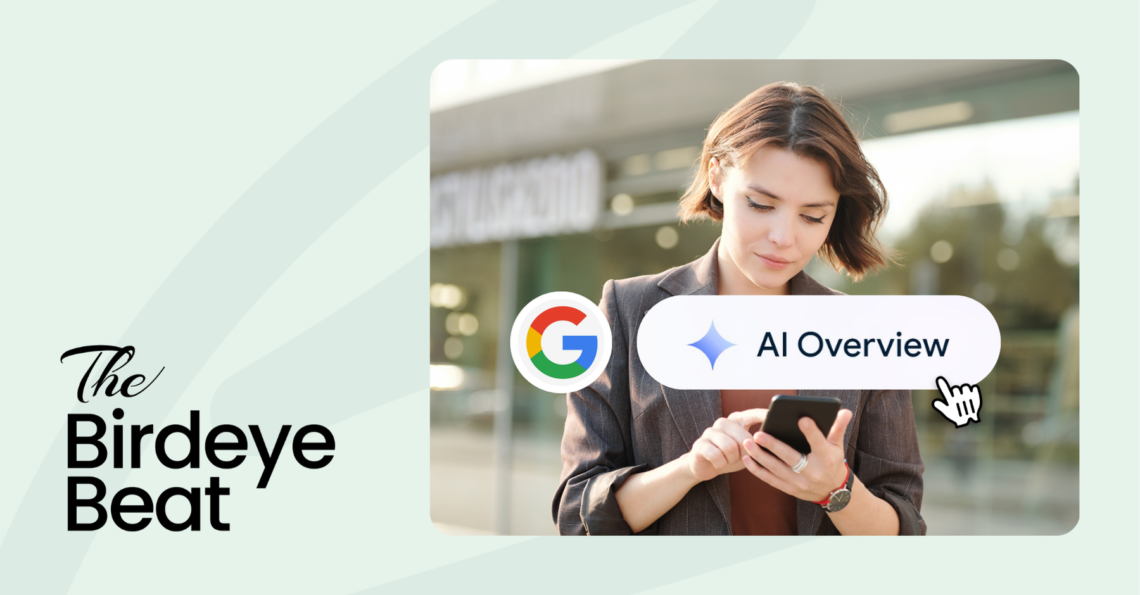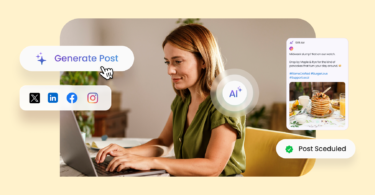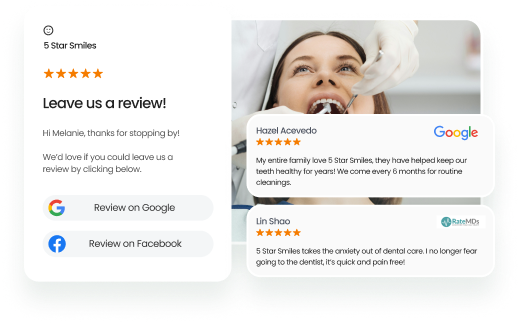Google’s AI Overviews are designed to provide quick answers right on the search results page. They summarize information in a way that helps users find what they need without clicking further.
But there’s a downside: AI Overviews are also reducing clicks to organic Google search results, and it’s happening at scale.
In this blog, we’ll explore how AI Overviews affect click-through rates (CTR), why informational searches are most impacted, and what this means for your SEO strategy going forward.
But first, let’s clarify what AI Overviews actually are.
Table of contents
What are AI Overviews?
AI Overviews are automatically generated summaries that appear at the top of Google’s search results for certain queries. Powered by generative AI, they aim to answer the user’s question directly, pulling in text and citations from various web pages.
For example, if someone searches for “how do electric cars work,” the AI Overview may provide a brief explanation with links to sources. It often answers the question before users even reach the traditional organic listings.
While these AI Overviews are part of Google’s broader effort to make search more efficient, they also create direct competition for the content they reference, reducing the visibility and traffic to the source pages.
How AI Overviews are affecting clicks
When AI Overviews appear in search results, traditional organic listings—especially the top-ranking one—get fewer clicks. According to Ahrefs’ research, on average, the click-through rate for the first result drops by 34.5% (Generative AI capabilities).

This decline is based on comparisons of similar informational search queries, some with AI Overviews, some without. The difference is clear: users tend to stop scrolling once they get a good enough answer at the top.
Visibility isn’t enough anymore
Even when a page holds the number one position in search results, it’s not guaranteed attention. If the AI Overview provides enough value, users may not scroll further, reducing engagement for even the best-ranked content.
Informational queries see the biggest impact
The most significant CTR drops occur on informational, non-branded queries—the types of searches/queries people use to learn something new or understand a topic.
Historically, these keywords have been essential for driving top-of-funnel traffic to blogs, knowledge bases, and educational content. But now, AI Overviews often answer these questions directly, cutting into traffic that once went to the source.
Lower-ranked results fall even further
It’s not just the top result that loses out. Pages that rank outside the top three see even sharper drops in engagement. When AI Overviews appear, they push traditional listings further down, sometimes below other features like:
- Featured snippets
- People Also Ask boxes
- Images or video carousels
This cluttered layout leaves minimal room for organic results, driving CTR even lower.
Branded queries are less affected
Branded search terms (that include a business or product name) behave differently. These keywords are less likely to trigger AI Overviews. And when they do, they may lead to higher click-through rates, likely due to strong user intent and recognition for a specific site or brand.
In other words, if someone searches specifically for your brand, they’re more likely to click, whether or not an AI Overview appears.
Why this matters for businesses & marketers
Informational keywords have always been valuable for content creators. They help attract top-of-funnel visitors, build authority, and support SEO growth. With AI Overviews, however, much of that visibility is lost to the summary box.
For instance, a page may still rank highly for a valuable keyword but could see minimal traffic if it sits beneath an AI Overview. This calls for a major shift towards engagement-based KPIs, such as time on site, conversion rates, and brand searches, to truly gauge content performance in an AI-first search environment.
What marketers and businesses should do now?
AI Overviews are changing how users interact with search results. To stay visible and competitive, marketers and businesses need to shift from traditional SEO tactics to a more brand- and engagement-focused strategy. Here’s how to adapt:
1. Build brand authority to get featured in AI Overviews
Focus on publishing high-quality, expert content that demonstrates authority and trust. Google is more likely to cite credible sources in its AI-generated summaries.
2. Invest in growing branded search volume
AI Overviews less impact users searching directly for your brand. Strengthen brand awareness through campaigns, social proof, and customer engagement.
3. Create content that drives deeper engagement
Optimize content for on-site metrics like time on page and conversion rates. Engagement-focused content is more valuable in an AI-first search environment.
4. Use structured data to win featured elements
Implement schema markup and structure content to increase chances of appearing in featured snippets and other SERP elements beyond AI Overviews.
5. Continuously monitor SEO impact and adapt
Track performance changes using tools like Google Search Console. Regularly update your strategy based on what content gets surfaced and what gets overlooked.
To stay visible, focus on building authority, growing your brand, and keeping your audience engaged.
What does this mean going forward
Sundar Pichai recently stated, “If you put content and links within AI Overviews, they get higher clickthrough rates than if you put it outside.”
While promising, this shift poses challenges for publishers, as these clicks aren’t clearly tracked, and overall traffic from informational keywords is declining. AI Overviews are capturing more attention, often at the expense of traditional organic listings. As search evolves, content teams must adapt their strategies, not just to rank, but to stay visible within AI-driven experiences.
How Birdeye can help
Birdeye helps businesses strengthen their digital presence in an AI-driven world. With tools for review generation, local SEO, and reputation management, Birdeye makes it easier to grow branded search, build authority, and stay competitive—even as organic traffic patterns shift.

Originally published









